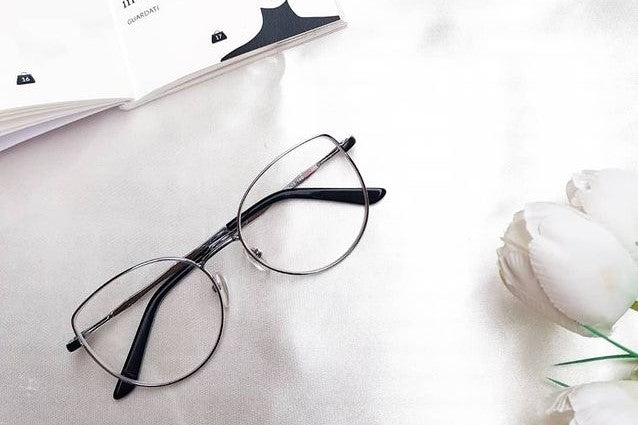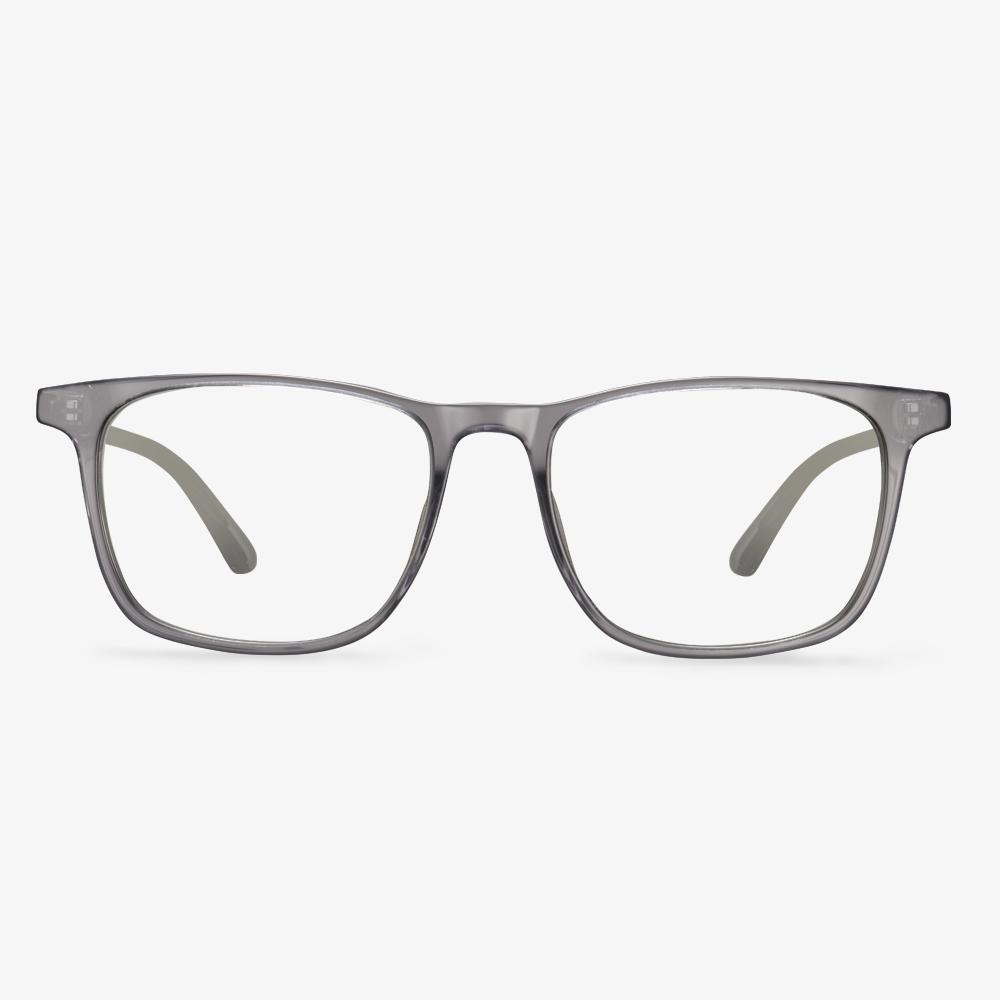How to buy anti-blue light products?
In order to further standardize anti-blue light products and make all kinds of products effectively protect eye health, relevant standards have been formulated. Based on the different effects of blue light in different bands on the human body, the transmittance of blue light in each band is required in the standards.
For example, in the band range of 415-445 nm, the transmission ratio of light is less than or equal to 80%, and more than 445 nm, it is greater than 80%.
Visionworks Doctors of Optometry
Visionworks Doctors of Optometry is a leading provider of eye care services in the United States, located at the intersection of healthcare and retail. They are committed to providing their customers with a wonderful shopping experience and high-quality products and services with the best value and selection in the industry. All stores of Visionworks provide designer and exclusive branded frames, lenses, sunglasses, and accessories. And they provide leading vision correction technology. Every purchase comes with an unconditional 30-day satisfaction guarantee and free lifetime cleaning and adjustment.
What are browline frames?
The name browline comes from the design of the frame. The upper part of the frame is thicker than the lower part so that the wearer's natural eyebrow line can be noticed. The top is usually made of acetate or plastic, and the bottom of the lens is wrapped with a thinner wireframe. Later, the browline frames have also been modified to meet the needs of more customers. Some browline frames use nylon wire instead of metal wire in the lower part, while the browline frames with metal wire are more durable and stable. If people with high myopia want to have a pair of half-rim glasses, browline frames are a good choice.
Can clear lenses be polarized?
At present, there are no clear polarized lenses. A polarized lens is a thin film vertically arranged with silicon crystal coating placed inside the lens, just like a shutter, which covers the parallel light and only allows the vertical light to pass through. In this way, the glare from all directions can be eliminated, so it is clear and comfortable to wear. Transparent polyamide, the material of nylon lens, is a new variety of polyamide. The material of the nylon lens is mainly transparent polyamide. Due to the effect of the light filter, only light from a specific direction is allowed to pass through the lens, which filters the dazzling light from the sun on the water, land, or snow very well. It can not only make the landscape soft, clear, and natural but protect the eyes to a certain extent.
Choose the right color for your safety glasses.
If you work in a dazzling environment, do high-precision work, or work indoors and outdoors, you may need different types of colors. The right color will help your eyes adapt to the conditions and reduce the amount of focus and refocus your eyes need. If the color of safety glasses is not used correctly, eye strain may result.
Blue light in electronic products
In addition to the blue light that exists in natural light, LED energy-saving lamps, fluorescent lamps, computer monitors, mobile phones, and other digital products will emit blue light because of the use of light-emitting diode LED technology. Some people think that blue light hurts the eyes because blue light is not absorbed by the cornea and lens like ultraviolet light. The blue light can pass through the refractive medium of the eye to reach the retina, and then be absorbed by the pigment epithelium of the retina, which will cause aging and functional degradation of the retina over time.
The eyes also have many protection mechanisms, such as squinting, pupil contraction, lutein contained in the macula of the retina, and the retina's own antioxidant repair mechanism, which protect our eyes from blue light damage. And after scientific testing, it is found that the blue light emitted by electronic products is only several hundredths of the intensity of blue light in natural light. This means that as long as the electronic products are not used continuously every day (for example, more than 8-10 hours a day), the blue light will not cause obvious damage to the eyes.
Sales points of note for color changing lens
The discoloration rate of the lens is related to the intensity of ultraviolet light. The stronger the ultraviolet light is, the faster the discoloration rate will be, while the vice versa. The degree of discoloration is related to the ambient temperature. The higher the temperature is, the color of the lens is slightly lighter. Otherwise, the color is slightly darker. With the progress of manufacturing technology, the discoloration rate, especially the fading rate of the discoloration lens has been greatly improved, and the interference of temperature on the color depth is becoming less and less. Either glass or resin lenses react only with ultraviolet light, not visible light, so in some environments, they do not darken.











































